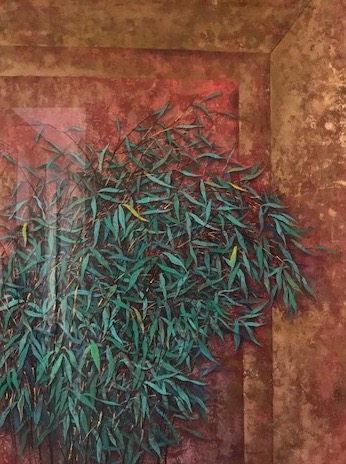This entry is to bring some encouraging news about buying art to those who have taken a beating in equities. Or anything. Or you may just be having a bad day.
Our example is the best known successful institutional art fund which began in 1974 and was part of the British Rail Pension Fund (BRPF). Over a period of seven years, the BRPF invested about USD 70 million in art which was 2.9pc of its total assets at that time.
Unlike Le Peau de l’Ours which was begun in 1904 (more on that in a future blog), the BRPF happened in our lifetime and we can identify with that time in history which brings back memories of the horror of rationing and lining up at gas stations.
I am bringing up this topic because the BRPF decided to invest in art because they were facing similar economic scenarios we are experiencing today – the 1973 OPEC oil crisis, FT Index falling by 70 pc and the Down Jones by 40pc, very high inflation rate in 1974 with UK at 30pc and the US at 12pc, the sterling pound was depreciating against European currencies and the USD, the commercial property market was dropping.
Basically traditional assets were doing badly, just like today.
(Unlike today, things moved slower and unlike today there was no China)
The 2400 piece collection was mostly of fine art such as Old Master drawings, 19c paintings, Impressionist and Modern Art but it also held Chinese and continental porcelain, Japanese prints, French furniture, silver and vertu, Oceanic and African tribal art. The general breakdown by value share is as follows –
Old Master paintings 18.8 pc
Old Master drawings. 11.1 pc
Impressionist Art 10.2 pc
Chinese works of art 10.2 pc
Books and manuscripts 10.0 pc
Antiquities 8.3 pc
Renaissance/Medieval art 6.9 pc
Others such as Japanese 24.0 pc
art, silver, furniture, 19c art, etc
–
From 1987 to 1999 the fund sold off its collectibles for 168 million pounds with an annual compound return of 11.3 percent or 4 pc per year allowing for inflation.
The identified advantage of this was that fine art had an inverse relationship to the main fund’s traditional investments, making it an ideal hedge. The fund’s formal objective was never to beat equities but to hedge against inflation.
